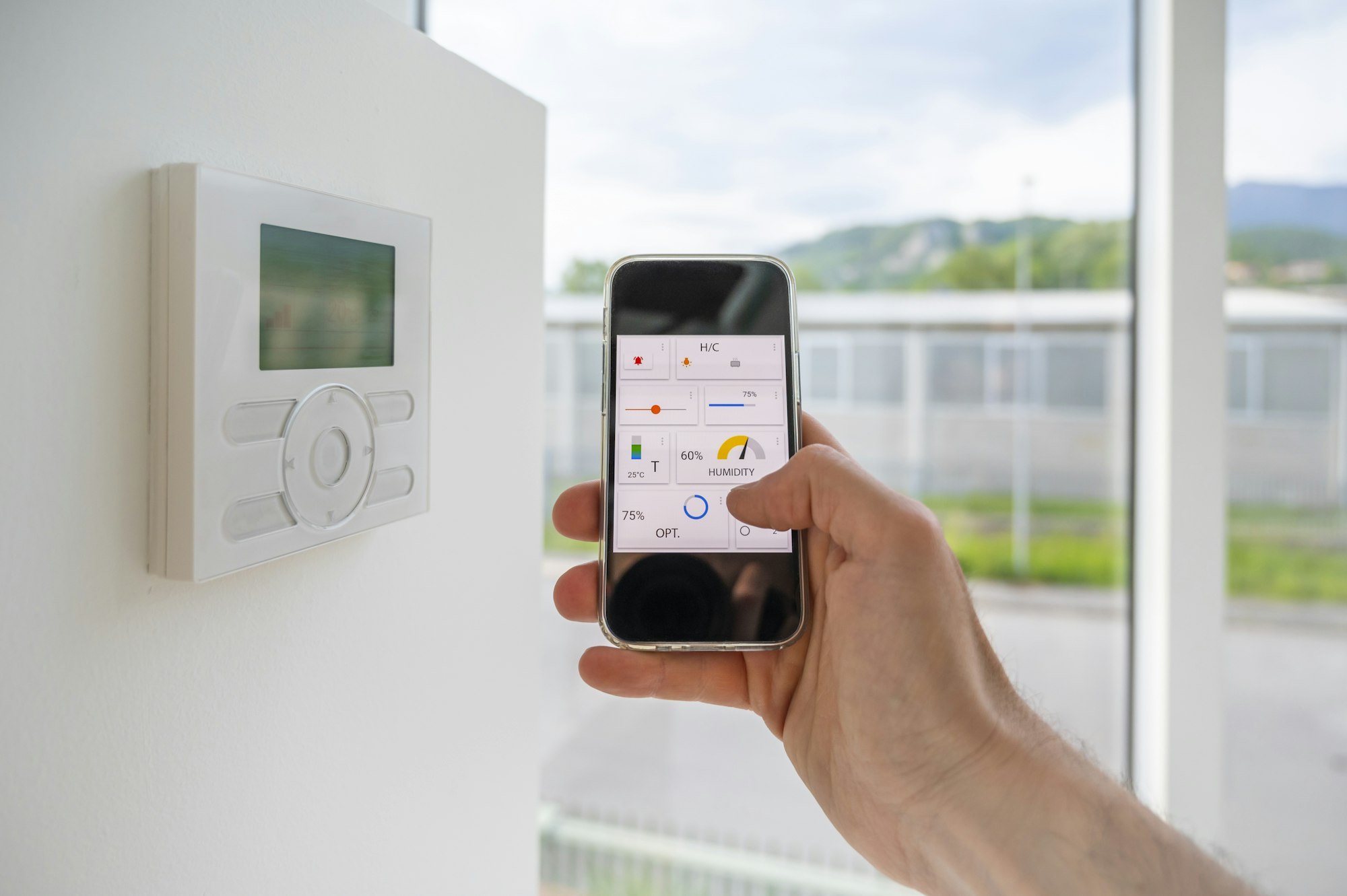In today’s era of remote work and flexible schedules, having a tech-savvy home office is crucial for maintaining productivity and staying connected. A well-equipped workspace can make a significant difference in your efficiency and overall work experience. Whether you’re a full-time remote worker, a freelancer, or someone who occasionally works from home, optimizing your home office with the right technology is essential. Let’s dive into how you can create a productive, tech-savvy workspace that meets all your needs.
1. Choosing the Right Hardware
1.1 Powerful Computer Setup
A reliable computer is the heart of any productive home office. Depending on your work requirements, you might need a high-performance desktop or a powerful laptop. Ensure your computer has sufficient processing power, memory, and storage to handle your tasks efficiently. For most professionals, an Intel i5 or i7 processor with at least 16GB of RAM and a solid-state drive (SSD) will suffice.
1.2 High-Quality Monitors
Dual monitors can significantly boost productivity by providing more screen real estate. Look for monitors with high resolution (at least 1080p) and good color accuracy. Adjustable stands are a plus, allowing you to set up your monitors at eye level to prevent neck strain.
1.3 Ergonomic Accessories
Investing in ergonomic accessories like a comfortable chair, an adjustable desk, and a supportive keyboard and mouse can make long work hours more bearable. Ergonomically designed equipment helps reduce strain and improves posture, leading to a more comfortable and productive work environment.
2. Optimizing Connectivity
2.1 Reliable Internet Connection
A stable and fast internet connection is non-negotiable for a tech-savvy home office. Consider upgrading to a higher bandwidth plan if you frequently engage in video conferencing or large file transfers. A wired connection via Ethernet is often more reliable than Wi-Fi, but if you must use Wi-Fi, ensure you have a high-quality router positioned optimally.
2.2 Networking Solutions
If you have connectivity issues in certain areas of your home, consider mesh Wi-Fi systems or Wi-Fi extenders. These devices can help eliminate dead zones and provide consistent internet coverage throughout your home office space.
3. Leveraging Productivity Software
3.1 Project Management Tools
Project management software like Asana, Trello, or Monday.com can help you keep track of tasks, deadlines, and team collaboration. These tools provide a centralized platform for organizing your work and communicating with colleagues, ensuring you stay on top of your projects.
3.2 Communication Platforms
Effective communication is crucial for remote work. Platforms like Slack, Microsoft Teams, and Zoom facilitate real-time communication and collaboration. These tools offer features like video conferencing, chat, and file sharing, making it easier to stay connected with your team.
3.3 Cloud Storage Solutions
Cloud storage solutions such as Google Drive, Dropbox, and OneDrive allow you to store, share, and access files from anywhere. These services provide secure, scalable storage options that ensure your data is always available and backed up.
4. Creating a Conducive Work Environment
4.1 Adequate Lighting
Proper lighting is essential for a productive home office. Natural light is ideal, but if that’s not possible, invest in good-quality LED desk lamps. Adjustable lighting can help reduce eye strain and improve focus. Consider using light bulbs with adjustable color temperatures to suit different times of the day.
4.2 Sound Management
Noise can be a significant distraction while working from home. Noise-canceling headphones can help block out background sounds, allowing you to concentrate better. Additionally, consider soundproofing your office space with acoustic panels or heavy curtains to minimize external noise.
4.3 Personal Touches
Adding personal touches to your workspace can make it more inviting and comfortable. Plants, artwork, and personalized decor can boost your mood and creativity. A clean, organized workspace also contributes to a more focused and efficient work environment.
5. Embracing Smart Home Technology
5.1 Smart Assistants
Smart assistants like Amazon Echo, Google Home, or Apple HomePod can help streamline your workflow. These devices can set reminders, manage your schedule, control smart home devices, and even provide quick answers to queries, allowing you to focus on your work.
5.2 Smart Lighting and Climate Control
Smart lighting systems, such as Philips Hue, allow you to adjust the lighting in your office with voice commands or smartphone apps. Similarly, smart thermostats can help you maintain a comfortable temperature in your workspace, ensuring a conducive working environment.
5.3 Home Security
Investing in a good home security system can provide peace of mind while you work. Smart security cameras, doorbells, and alarm systems can help you monitor your home and office space, ensuring your equipment and data are safe.
Conclusion
Creating a tech-savvy home office is more than just having the latest gadgets; it’s about designing a workspace that enhances productivity and well-being. By choosing the right hardware, optimizing connectivity, leveraging productivity software, creating a conducive work environment, and embracing smart home technology, you can transform your home office into a productivity powerhouse. Remember, a well-designed workspace not only boosts efficiency but also improves your overall work experience. So, take the time to set up your ideal home office and enjoy the benefits of a tech-enhanced work environment.










